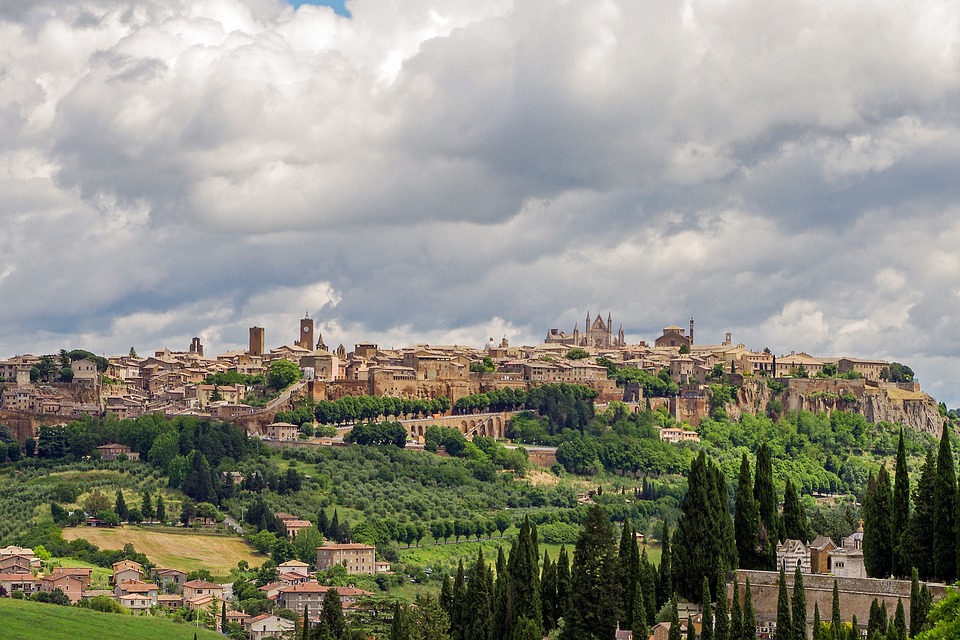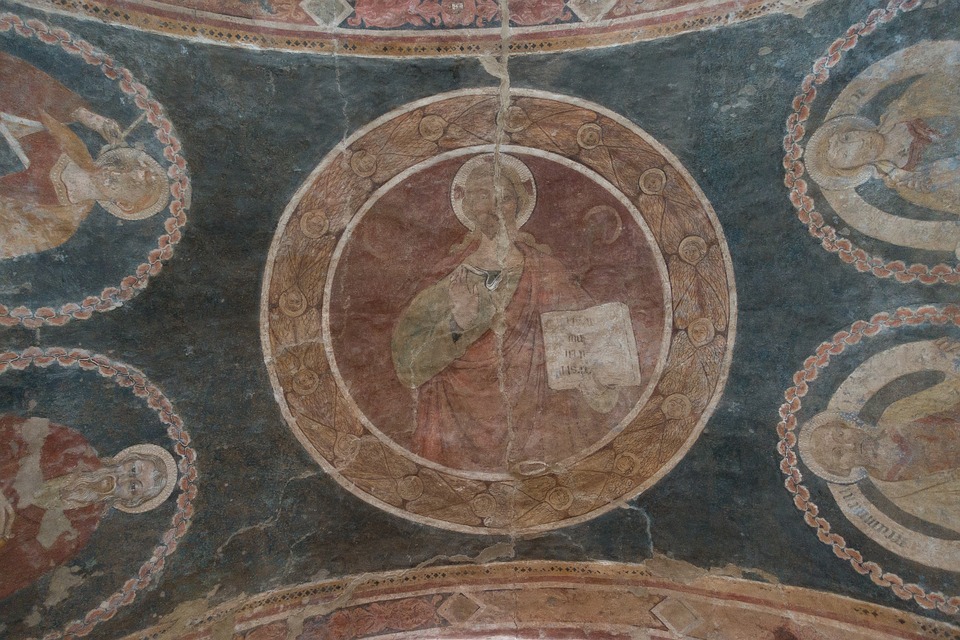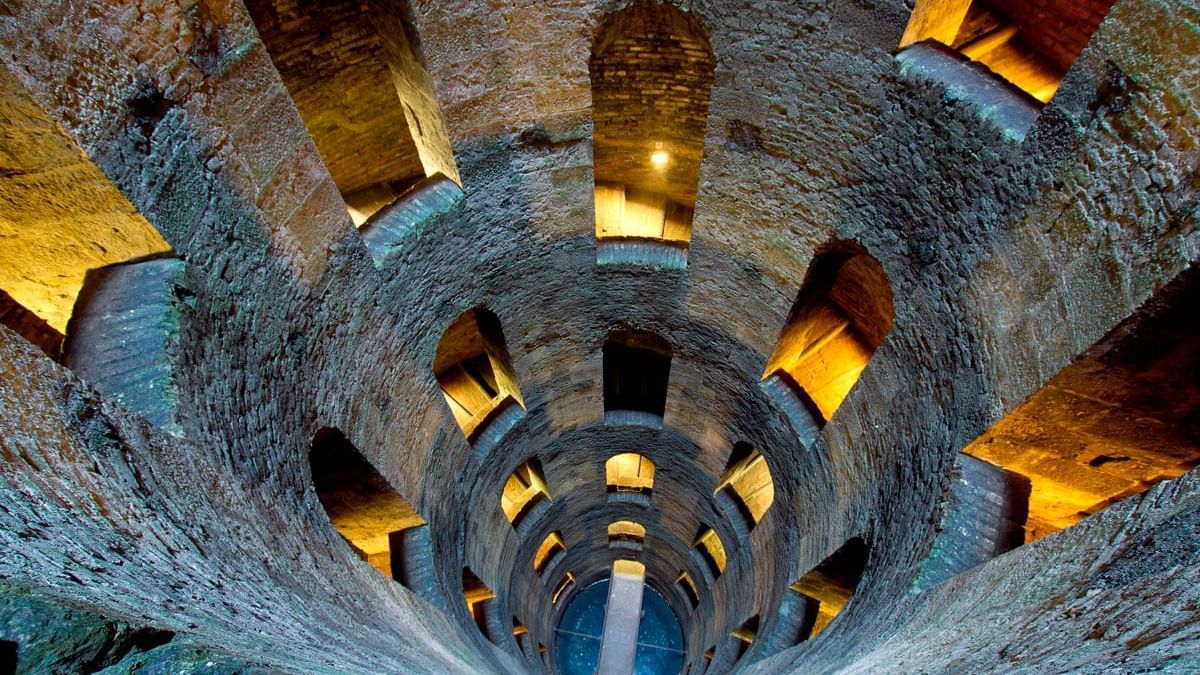A gem well worth visiting during any trip to Italy.
24 Oct 2019
Gruppo UNA
Turner's masterpiece 'View of Orvieto' shown above was painted in 1828 and depicts Orvieto's rural surrounds, highlighting its prominence and significance to the local landscape. The painting is on display in the Tate Gallery, London. If this view doesn't persuade you to discover more about the town and its main sights and attractions, why not take time to read this Gruppo UNA post so you can learn more about the history of Orvieto and its importance within Italian culture?

Why visit Orvieto? 5 reason.
There are lots of reasons all Italian visitors should spend at least one day in Orvieto, if staying in the Umbria or Tuscany regions, including:
- the history of Orvieto dates back to the Etruscan era, which goes right back to 900BC. The Orvieto area was central to this Etruscan civilization, so visiting historians will discover there are still traces of Etruscan life in the town today.
- In Roman times, the town of Orvieto was annexed around the year 300BC. This was mainly due to its virtual impregnability, as it became a major defensive outpost.
- The rises of Christianity saw Orvieto gain even more significance within Italian culture due to its close links with the Catholic Church. The city was under Papal control unofficially from around the 10th century and officially right up to the mid-19th century.
- A network of underground caves, tunnels, and rooms are located within the volcanic rock underneath the Old City of Orvieto. Many of these were created by Italian nobles and could be used as emergency boltholes and escape routes during any tumultuous periods in history. Guided tours of these catacombs are available for visitors to the town.
- Some of the major tourist attractions in Orvieto include the spectacular Duomo, the Papal Palace, Palazzo del Capitano del Popolo, and the Albornoz fortress.

More about Orvieto: what to see and do.
There are many, many more reasons to spend at least one day in Orvieto exploring the amazing labyrinth of alleys and streets that criss-cross the traffic-free zone of its Old Town. You'll find the locals are really friendly, and there are lots of restaurants, wine bars, ice cream parlours and cafes where you can sit awhile and drink in this relaxing atmosphere and outstanding views of the surrounding countryside. Local food specialities include gelato, of course, cinghiale - a wild boar dish, and truffles. Orvieto is also renowned for its popular Classico wine; there are plenty of local vineyards and producers to visit in the locality as well.
Another way to view the entire surroundings of this hillside town is to take a stroll along the ramparts, which were first built during the Roman era. You'll also be able to spot some signs of the secret tunnel exits from these ancient city walls. When the Allied Forces arrived in Orvieto at the end of the Second World War they were amazed to find no signs of life in the town. It took a while for the town's population to emerge from the secret underground caverns, which were used as local shelters throughout the war.
Orvieto was also home to St Thomas Aquinas and he wrote his Summa while living and teaching in the town. Five Italian Popes in exile also lived at the Papal Palace which is undoubtedly the reason the Duomo Cathedral is so hauntingly beautiful both inside and out. If you're lucky enough to visit the Cathedral at sunset you'll be stunned by the way its golden mosaics catch the light. Visitors are welcome to attend any of the free music concerts hosted at the Duomo during the year.
The Orvieto Archaeological Museum is situated in the ancient Papal Palace, and some renowned highlights include the historic red Etruscan vases, armour dating back to the Bronze Age, and the frescoes of the Golini Tomb. You can discover more on their website.
Last but not least, there are countless historic palazzos dating back to the Renaissance period dotted throughout the Old Town, alongside a thriving shopping centre, museums, and Orvieto is also the home base for Saint Anselm College and architectural school.
Discover more about Gruppo UNA: where to stay near Orvieto.
The Gruppo UNA hospitality brand is synonymous with Italian hospitality at its finest.
Modern and functional, UNAWAY Hotel Fabro enjoys an optimal location near the A1 Rome-to-Florence route, just kilometres away from Orvieto. Guests are welcomed with warm Italian hospitality and enjoy spacious rooms, the renowned La PortAccanto Osteria on-site restaurant, nearby thermal spas and a convenient, fully equipped meeting room; perfect for all your on-the-go needs and comfort in this central Italian location.


